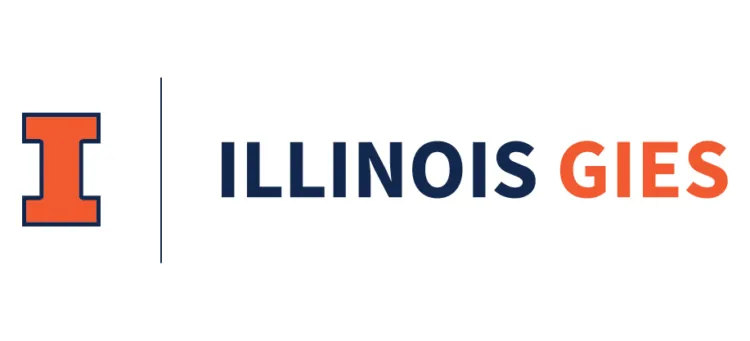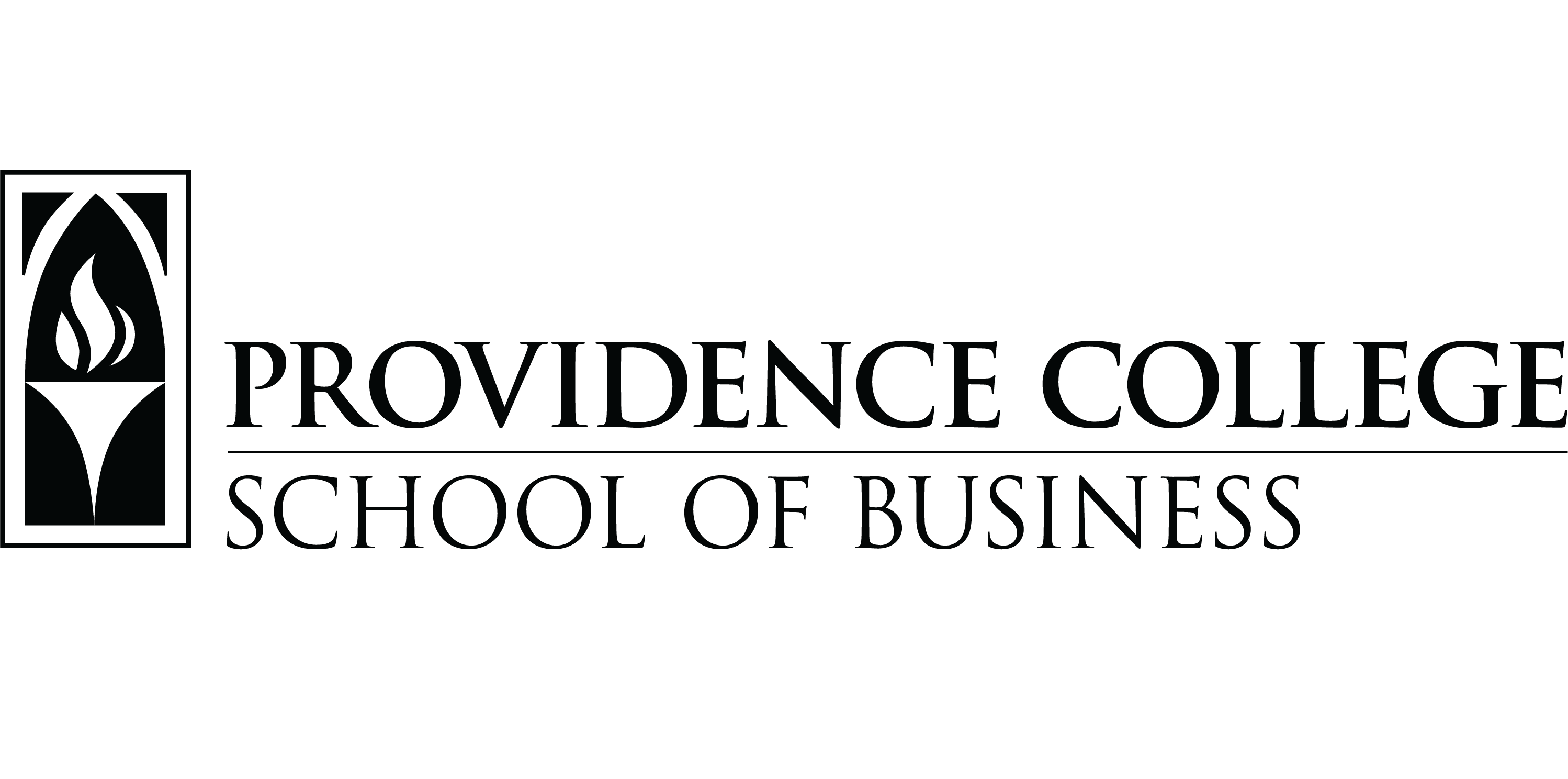WHY DO EMPLOYERS DISLIKE THE HIGHEST PAID GRADUATES?
In theory, recruiter and student sentiment have some merit in measuring school quality. Previously, they amounted to 50% of a school rank in Businessweek’s ranking, with academic quality metrics (i.e. SAT scores, average class size, student-to-faculty ratio, etc.) holding 30% sway. However, Businessweek may have gone a bit off the rails in their swan song. Academic quality was stripped away altogether, as was the feeder school score, which measured which schools sent the most graduates to Top 35 MBA programs. In its place, internships was added, while the weight of student assessment was raised to 35%. Starting salaries also retained its 15% hold. Combined with internships, this meant that just 25% of the ranking was based on quantifiable data. Most important, the weight of the employer survey was doubled to 40%, exacerbating any flaw in the survey’s design or delivery.
The employer survey-starting salary dichotomy in Businessweek’s results reveal these flaws. Ask yourself this question: Why do McIntire graduates rank so low with employers (43rd) while scoring such high starting salaries (3rd overall)? Wouldn’t these companies pay the most to the graduate pools who impress them the most in the recruiting phase and perform the best on the job?
This inconsistency is even more pronounced at Wharton, whose business graduates nabbed the highest starting salaries yet finished 66th in the employer survey – resulting in the program falling out of Businessweek’s top 10. This dynamic was particularly damaging to Cornell University’s Dyson School of Applied Economics and Management. Dyson was the only school to match McIntire in ranking in the top 10 in three categories (including 2nd for salary). Nonetheless, Dyson ended up 67th in the employer survey, resulting in the program falling from 3rd to 11th overall.
TOP SCHOOLS PAY PRICE FOR FLAWED INSTRUMENT
More strikingly, each of these programs lost substantial ground in recruiter sentiment. In the 2014 ranking, for example, Virginia, Cornell, and Wharton ranked 23rd, 26th, and 30th among recruiters (compared to 43rd, 67th, and 66th). Did the caliber of students slip that dramatically at these schools – or are these discrepancies really rooted in what was asked and who was targeted. For example, Businessweek notes that recruiters would name schools based on “how well these schools’ graduates performed on specific qualities important to them when they recruit business students.” In other words, the recruiters may not necessarily be evaluating students according to the same benchmarks, a recipe for the wild swings that were seen in this ranking.
At the same time, many business programs earning high marks from recruiters also received below average starting pay, such as Bentley (3rd among employers and 53rd in pay), Ohio State (7th among employers and 65th in pay), and John Carroll (1st among employers and 95th in pay). While demographics, nearby industries, and supply and demand may be factors, they don’t explain these wide gaps. Unfortunately, Businessweek reveals neither the content of their surveys nor the participants (ala the Graduate Management Admission Council). As a result, it is difficult to truly ascertain where they went wrong. Still, the results of the employer survey speak for itself and only invites skepticism. It flouts conventional wisdom across the board, throwing the entire ranking out of whack, and undercutting the credibility of the whole.
BENTLEY, MICHIGAN AND NYU JOIN THE TOP 10
Overall, Businessweek ranked 114 schools in 2016, an unusually high number of schools to qualify considering two intensive surveys were involved (that required heavy participation). While Villanova was this year’s clear winner, you’ll find plenty of administrators popping the cork after the school day has finished. Bentley University certainly fits that description. Buoyed by a third place finish among recruiters – and placing in the top 20 in the student survey, Bentley rose 10 spots to enter the top 10 – and the bragging rights that come with it. The University of Michigan (12th to 8th) and New York University (14th to 9th) also cracked the top 10, while the University of North Carolina made major strides, going from 10th to 7th in Businessweek’s final run. As luck would have it, NYU was one of the few schools where the employer survey and salary ranks corresponded, with the school ranking 6th and 8th in these categories respectively.
Several schools also made headlines – at least locally – outside the top 10. Ohio State vaulted 18 spots to 14th, while Michigan State made a similar leap, going from 42nd to 20th. Statistically, Bradley University Chapman University made the biggest move, skyrocketing from 98th to 42nd. They were joined by Chapman University (+55), North Carolina State (+50), the College of New Jersey (+49), Ohio University (+41), Syracuse (+38), and Pittsburgh (+37). As you might expect, Bradley, Pittsburgh, Chapman, the College of New Jersey, and Syracuse all ranked in the Top 20 in the recruiter survey (with Ohio finishing 22nd). Such sweeping changes are a further indictment of the ranking methodology, which may lead some to wonder why Businessweek didn’t scuttle it in the first place.
With every winner, there is bound to be a school that slumps (and feels wronged). And that school would be the University of Richmond (Robins), which plunged from 16th to 46th since the last Businessweek ranking. The culprit – surprise, surprise – was the employer survey, where the school ranked 85th. Otherwise, the school was remarkably consistent: 24th (student survey), 23rd (starting salary) and 26th (internship). Considering that Robins ranked 94th in this category in 2014 however, perhaps an 85th place finish among recruiters is a good sign. Still, with Businessweek doubling the weight of Robins’ weakness, the school never stood a chance. U.C.-Berkeley (-21), Washington University (-20), and Miami of Ohio (-17) also fell hard in this year’s ranking.
Of course, these schools remained in the game. Many schools fell out of Businessweek’s top 50 undergraduate business programs altogether. Those schools were headed by Babson College, the University of Southern California, and Texas A&M which had ranked 26th, 28th, and 29th in 2014 respectively.
GO TO NEXT PAGES TO SEE THE 2016 BUSINESSWEEK UNDERGRAD BUSINESS RANKING AND HISTORICAL RANKINGS FOR THESE SCHOOLS.
DON’T MISS: A COMMENTARY ON THE NEW BUSINESSWEK RANKING — GARBAGE IN, GARBAGE OUT













Questions about this article? Email us or leave a comment below.